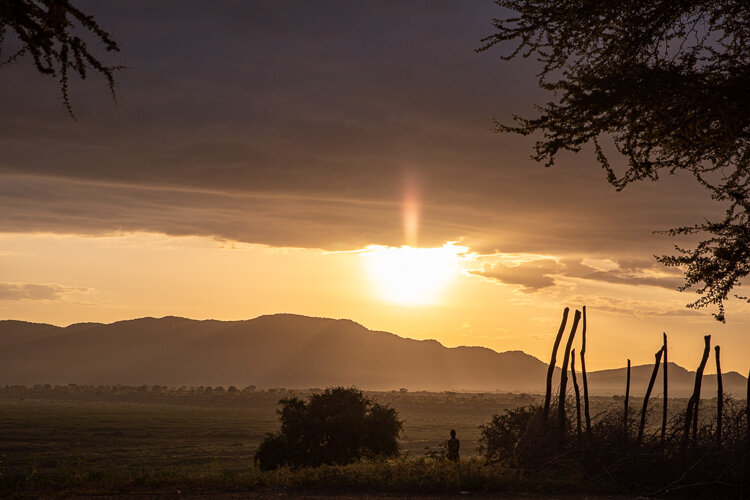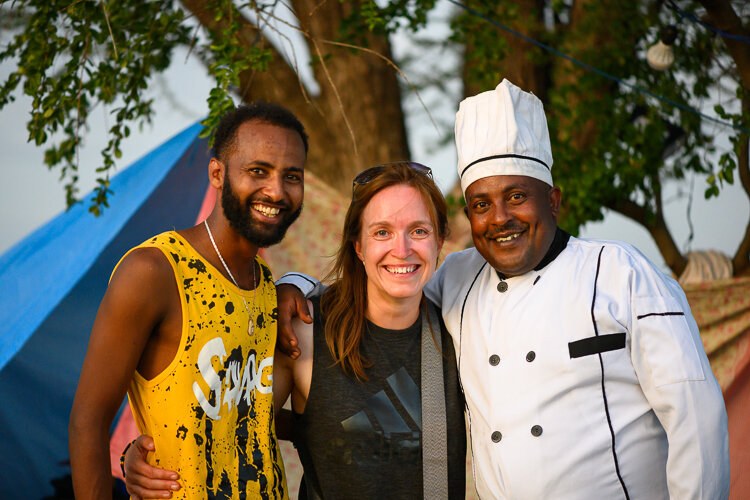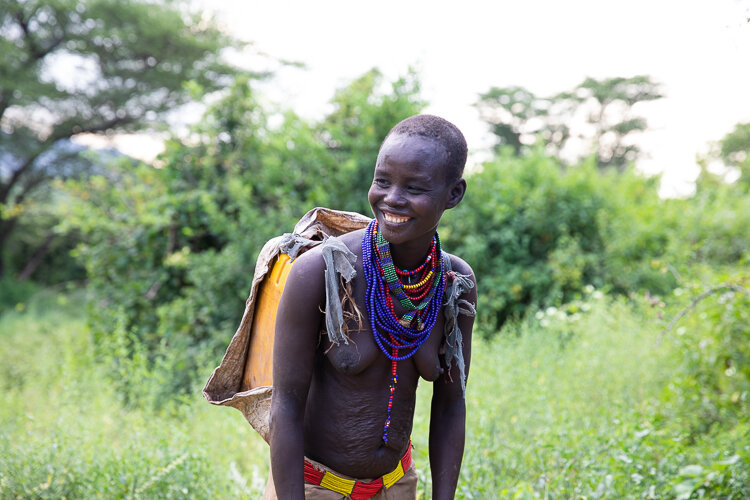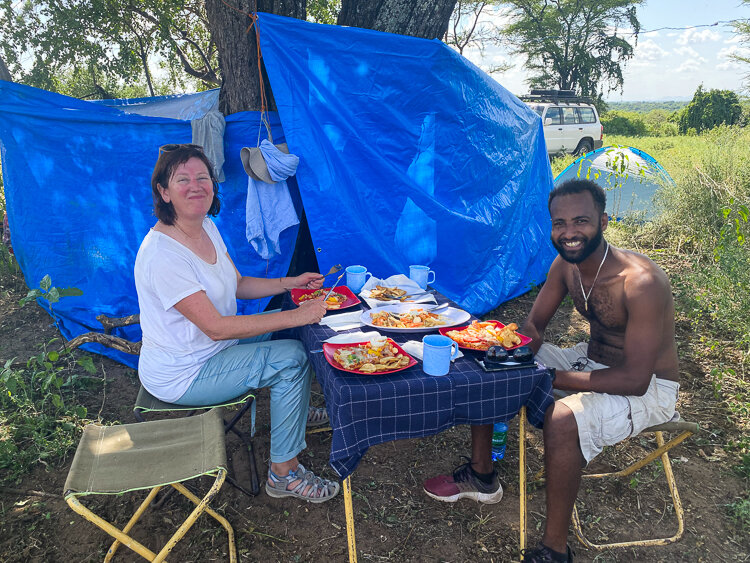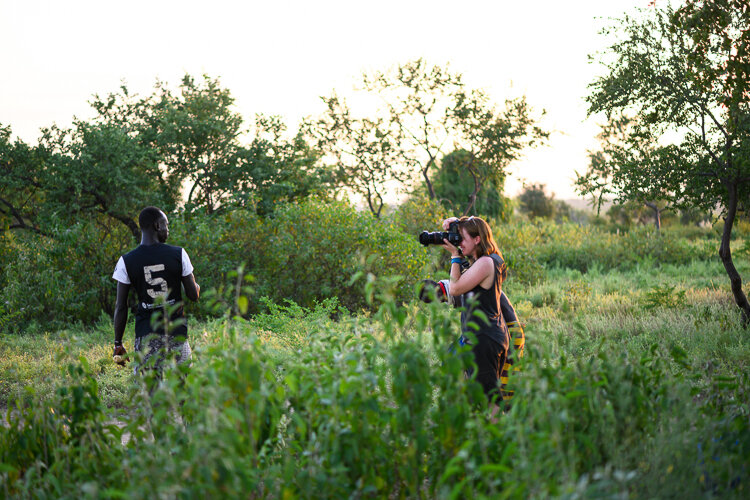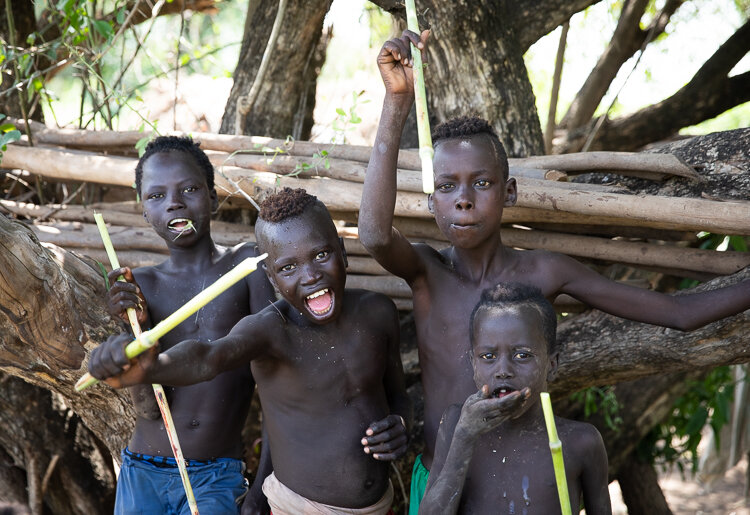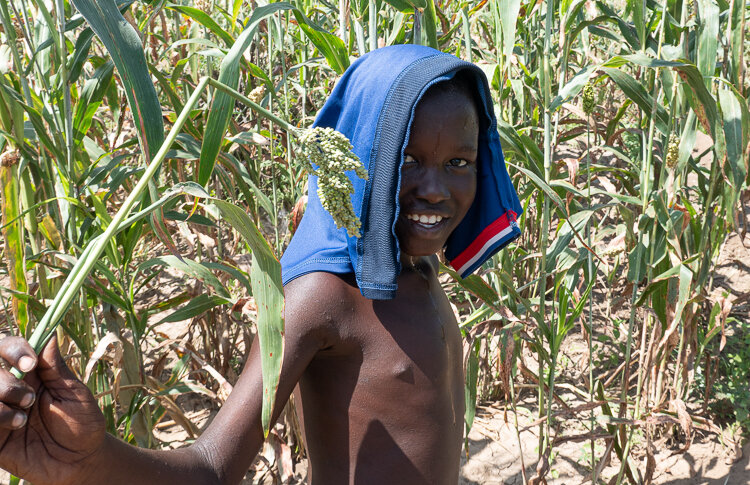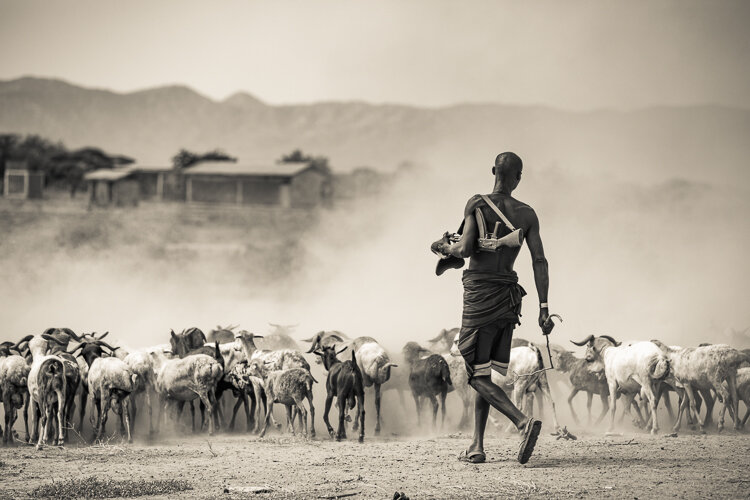where is the Karo tribe located?
The Karo tribe villages are next to the Omo River in the south of Ethiopia and are visited often by tourists on an Omo Valley tour due to their scenic location. A gravel, bumpy road leads you to the most visited Karo Tribe village of Korcho which is the easiest to access, while the Karo Tribe village of Dus can be inaccessible by 4x4 at certain times of the year, especially during or after the rains and is a much rougher drive. There are only three Karo tribe villages.
Omo Valley tribe names
There are many tribes in the Omo Valley in Ethiopia. The Karo Tribe are also spelt as Kara and less often Khara tribe. When pronouncing their name it sounds more like Kara but it seems they are better known by outsiders as Karo (which is why i’ve used both spelling in this post). The Karo Tribe are one of the smallest tribal groups in the Omo Valley with estimates of approximately 3,000 of more than 200,000 indigenous people that live in Africa’s Great Rift Valley.
While some of the Omo Valley tribes have different names (for example the Bume tribe is the same as the Nyangatom tribe), Kara and Karo are purely just spelling differences in the translation.
Karo Tribe traditions and ancient rituals
An artistic and creative African tribe, the Karo people use local rocks and minerals mixed with water to create their body art and tribal face painting. Some are quite detailed in their style while others are more traditional and less elaborate. Within their villages you will find a mix of both western T-shirts and clothing as well as traditional attire.
In this last tribal portrait you can see the traditional hairstyle for Karo tribe women. Similar to the ochre method as the Hamer tribe, they mix ochre and fat and create little balls on their short hair.
What is it like camping in the Omo Valley with the Karo Tribe?
The birds begin to sing as the sun rises and we get out of our tents with cameras in hand. The golden light shimmers on the Omo River below and the sound of the roosters mix in the air with the gentle calls between the goats. The Karo village is slow to wake up and start their day as they were singing, dancing and having one of their wild parties until the early hours of the morning.
As the sun emerges and brightens the landscape the girls and women start their chores. After taking photos in the golden morning light we head back to camp where our chef has prepared coffee and a delicious breakfast. We get fresh batteries in our cameras and are ready for the day ahead.
morning chores in the karo tribal village of korcho
We walk back up the dusty path to where the women are collecting water. Heavy containers full of water in hands and strapped to their backs. Their strength is on show as they walk back up the steep path back to their homes with these heavy containers weighing over 20kgs each. Thin material straps around their shoulders hold the back container in place. This is a daily chore and a necessity. The women have a drink and quick wash when they collect the water.
There are crocodiles in the Omo River but the Kara tribe say they are not usually in this section and it is generally safe. Although the place you can usually see crocodiles is not far away! The women are careful when near the edge of the river. They move slowly and are aware of their surroundings and potential hazards. Their bare feet sink in the sludgy mud which they rinse off when they are finished at the waters edge.
Seeing the wonderful smiles of the women we pass from the river was an absolute delight. The teamwork, connections with each other and nature are a wonderful aspect of the Omo Valley tribal life. The traditional leather skirt is still worn by many as seen in these Karo tribe photos. Beaded necklaces, bracelets and headbands are all desired and valued.
The people in the Omo may be rich in ancient culture and traditions, but the use of mobile phones is widespread.
As we walk along a narrow path we meet many friendly people.
our campsite on my Omo Valley photo tour with the Karo Tribe
Camping with the Kara Omo Valley tribe on the edge of the Omo River is a great way to get a genuine insight into the lives and culture of the Kara people with wonderful connections and experiences. Whilst you will see other tourists pop out of their cars, take a few photos and then leave, when camping you get to experience full days and gain a unique insight into the amazing daily lives of this unique African tribal village.
the Karo (kara) Tribe farms
Walking past our camp every morning and afternoon we see Karo Tribe women and children who are working on their farmland. Often with their hands full and with the smaller children carrying sticks of cane over one of their shoulders. Often they are momentarily stopped by men they pass who take some of the cane to chew.
After some time relaxing in the shade at our camp in the heat of the midday sun we venture out to explore where the Kara Tribe grow their crops and to see what their days are like on the farmland. The heat of the sun still had a bite to it and we found many women resting and cooking with the children eating and playing in the shelters and shade areas. We shared sugar cane, warm corn and corn on the cob with various families we met.
Karo (kara) tribe crops
The Karo Tribe practise flood retreat cultivation and their crops include sorghum, corn, sugar cane and beans. They rely heavily on the Omo River water levels. Camping with the Omo Valley tribes really enables the time and opportunities to experience them out of “tourist mode”. You gain a deeper insight into their daily lives, responsibilities and challenges.
The repetitive sound of grinding sorghum with the crackling of the fire was only interrupted by laughter and giggles. This was one of the larger shelters that was near the Karo Tribe crops and we stayed and shared some warm corn.
THE MEN IN THE Omo Valley tribes ARE THE DECISION MAKERS
During the day the men discuss and make decisions for the village. Women are usually not welcome to be involved in these matters. There are defined roles within the Omo Valley tribes depending on gender, age and status within the family and village.
modern changes to ancient traditions in the Omo Valley
There are definitely changes to the Omo Valley tribes and their traditions and culture as some of the younger generation receive an education. The Kara tribe has stopped the practice of the Mingi curse with thanks to the education and determination of Kara tribe member Lale Labuko. Mingi is the ancient tradition of killing babies and children that are declared cursed by tribal elders with the belief that it will save the village from disaster and death. Mingi still continues with some Banna and Hamer tribe villages, but hopefully in the near future all tribal villages will stop Mingi altogether.
A quote from Omo Valley Kara tribe elder Mero Dobo confirming that the elders were ready to stop the Mingi practise in their village.
This quote was on the walls of Omo Child in Jinka where more than fifty babies and children where rescued and are now safe. They were all declared as Mingi and would have all died if it was not for the dedication of Lale Labuko and his wife. The founders of Omo Child.
CAMPING with this indigenous tribe of ethiopia CREATES UNFORGETTABLE EXPERIENCES
When spending a few days you can watch their games and play with them. There is so much to see and so much we can experience and learn. Days are relaxed, quite slow but every day is full of amazing moments. On my Omo Valley photography tours the opportunities are adventures are endless.
BUSH CAMPING on an Omo Valley photo tour or lodge based accommodation?
My camping style on my Omo Valley photography tours is basic but beautiful! This is not luxury camping, but you can expect nice food and a comfortable mattress. My camping tours with the Ethiopian tribes are a mix of camping and lodge based accommodation. You can book an Omo Valley photo tour without camping (unless you visit the Suri Tribe) and with only lodge based accomodation if you prefer, but if you can handle some dirty days with no facilities you really can’t beat the experience of camping with the tribes. Falling asleep in your tent listening to the Omo Valley tribes singing and having wild parties in the distance is an unforgettable experience.
The golden flames flicker in an otherwise still night. The karo tribe begin singing nearby and it is another wonderful way to finish the day.
In this short video you will discover more about the Karo (or Kara) Omo Valley tribe with photos and videos from two of their large villages - Korcho and Dus.
Thank you so much to the lovely Karen Waller who was my private guest and now wonderful friend for some of the photos i’ve included with me :-)








